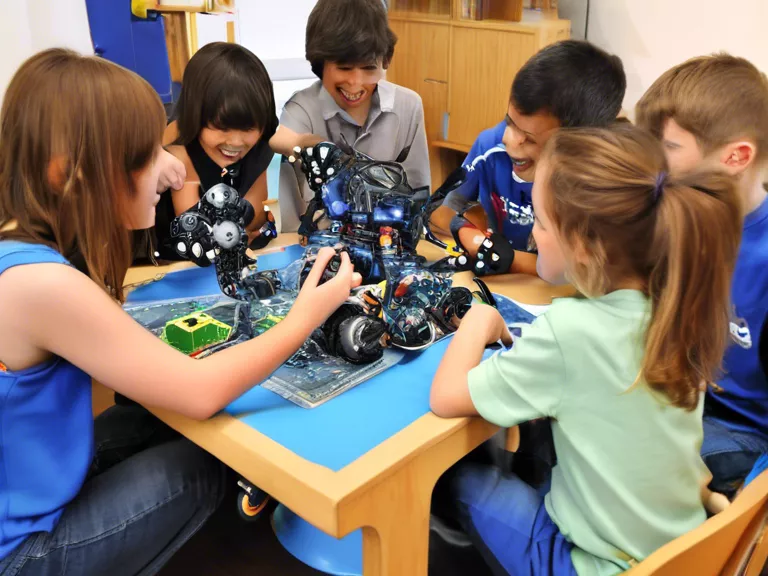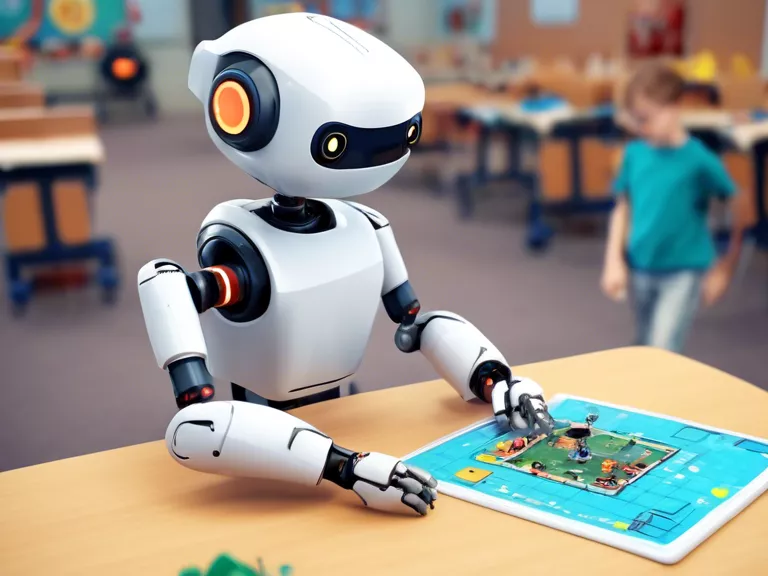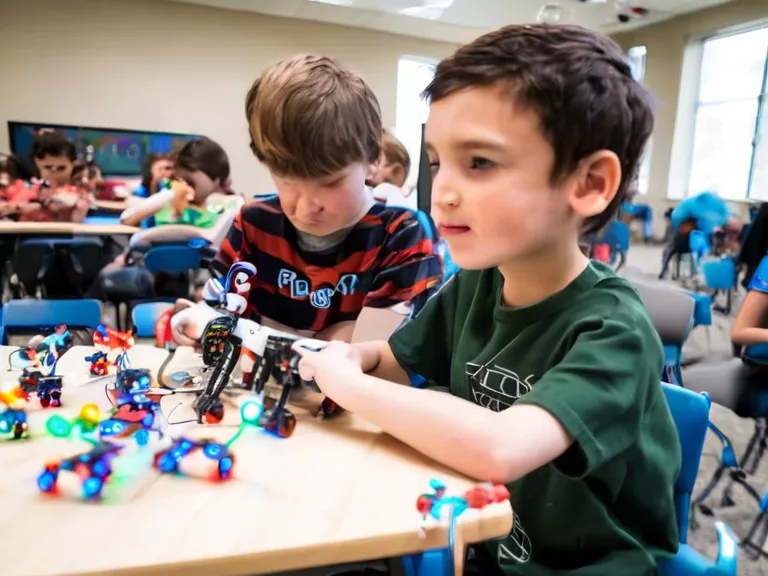
Introduction
In recent years, there has been a significant shift in how technology is being integrated into educational games, particularly through the use of robotics. The robotic revolution is changing the way children learn, making education more interactive, engaging, and effective. In this article, we will explore the impact of robotics on educational games and how they are revolutionizing the learning experience for students.
The Rise of Educational Robotics
Educational robotics involves the use of robots to teach students various concepts and skills in a fun and interactive way. These robots are designed to be user-friendly and engaging, making learning an enjoyable experience for students of all ages. With the advancement of technology, educational robots are becoming more sophisticated and capable of providing personalized learning experiences for each student.
Benefits of Integrating Robotics into Educational Games
Engagement: One of the key benefits of using robotics in educational games is increased student engagement. Robots can capture the attention of students and make learning more interactive and hands-on.
Personalized Learning: Educational robots can be programmed to adapt to each student's learning pace and style, providing personalized feedback and guidance.
Skill Development: By using robotics in educational games, students can develop a wide range of skills, including problem-solving, critical thinking, and creativity.
Collaboration: Many educational robots are designed to encourage collaborative learning, allowing students to work together to solve problems and complete tasks.
Examples of Educational Robotics in Action
LEGO Mindstorms: LEGO Mindstorms is a popular educational robotics platform that allows students to build and program their own robots using LEGO blocks and a programming interface.
Dash and Dot: Dash and Dot are two interactive robots that can be programmed to perform various tasks, such as navigating obstacle courses and playing music.
Ozobot: Ozobot is a small programmable robot that can follow lines drawn on paper or screens, making it ideal for teaching coding concepts to young children.
The Future of Educational Robotics
As technology continues to advance, the possibilities for integrating robotics into educational games are endless. In the future, we can expect to see even more sophisticated robots that can provide highly personalized learning experiences for students. Educational robotics has the potential to revolutionize the way we teach and learn, making education more engaging, effective, and accessible to all students.
In conclusion, the robotic revolution is transforming educational games and making learning more interactive and engaging for students. By integrating robotics into educational games, we can provide students with personalized learning experiences that help them develop essential skills for the future. As technology continues to evolve, educational robotics will play an increasingly important role in shaping the future of education.



